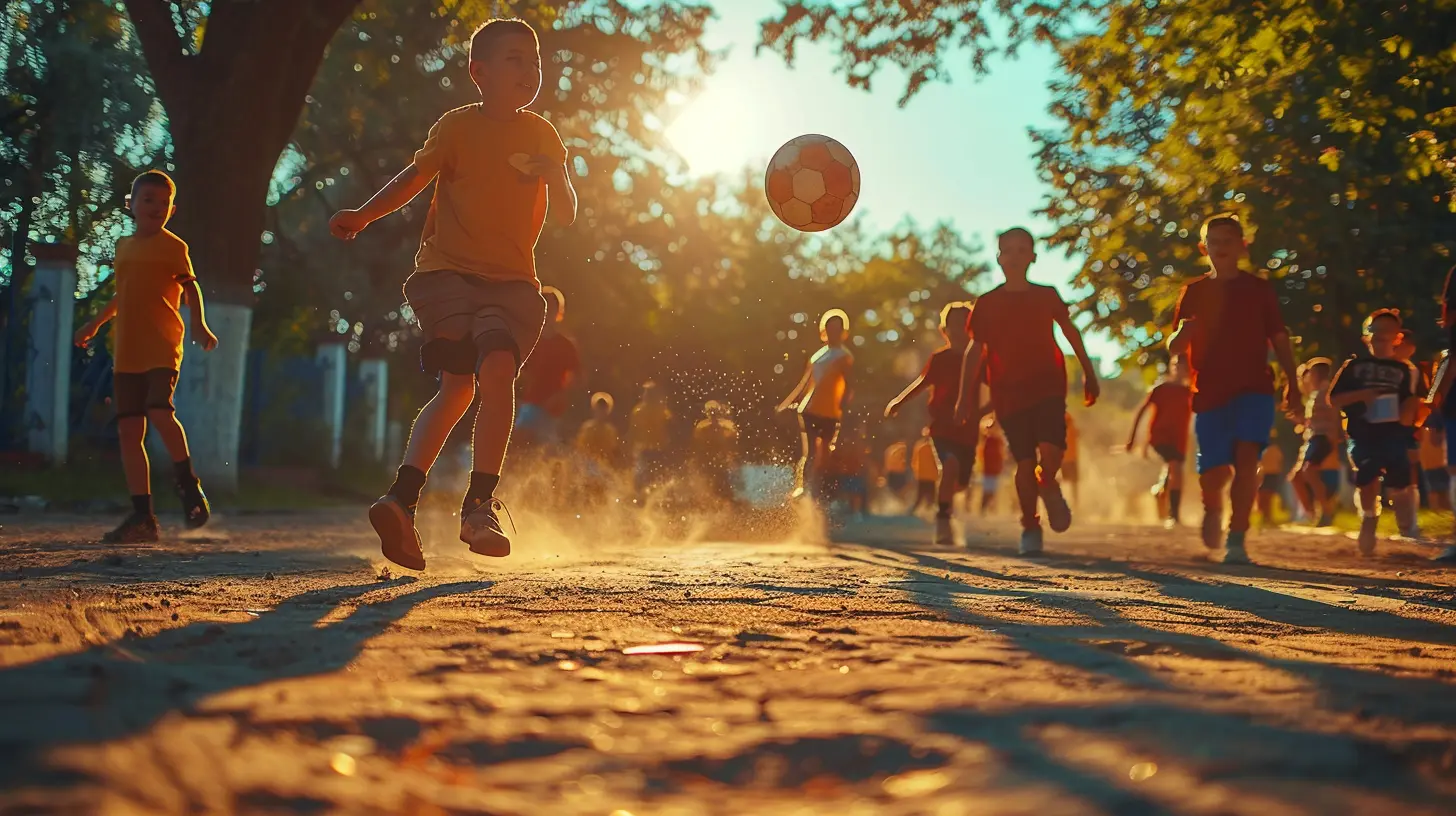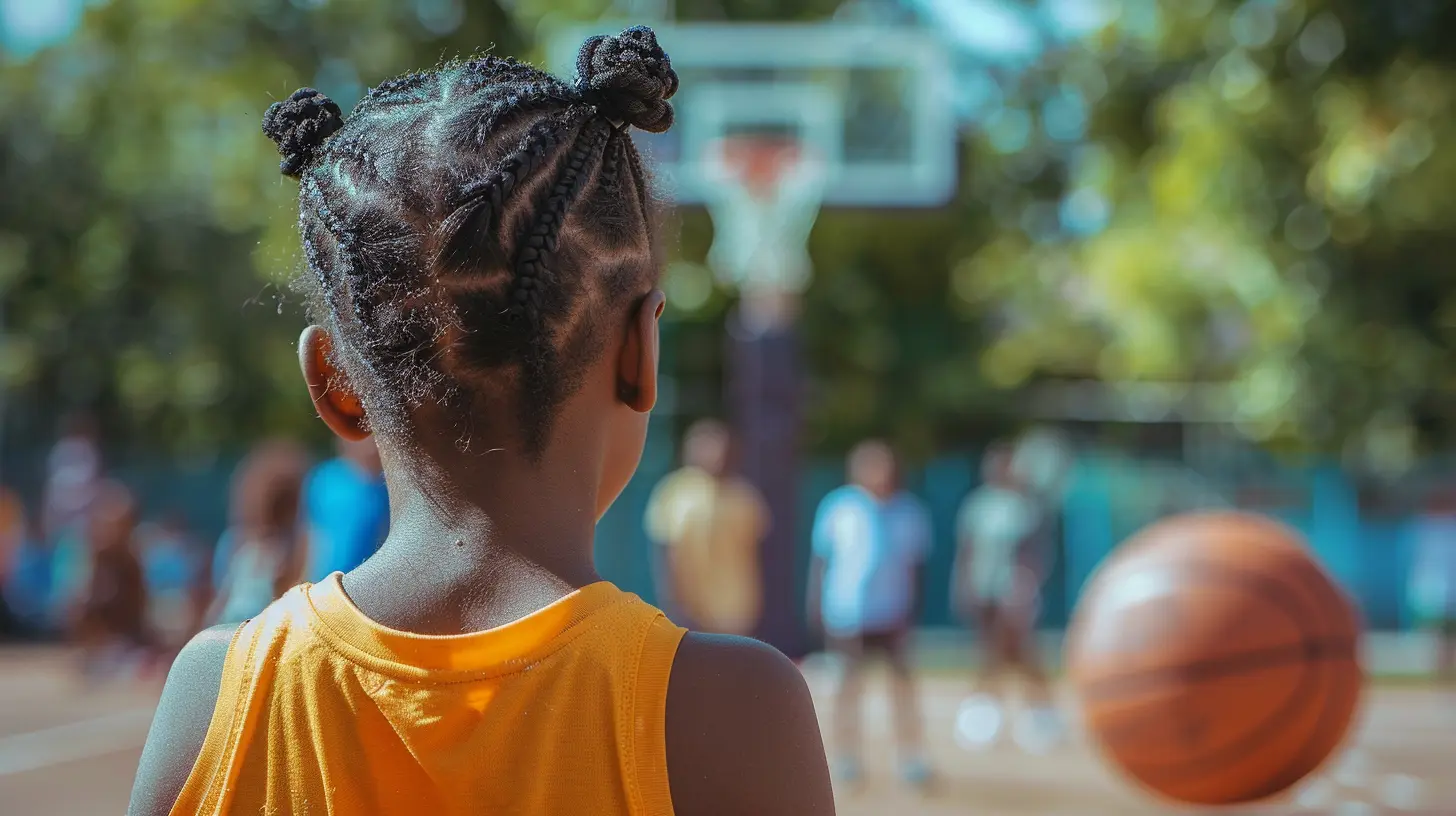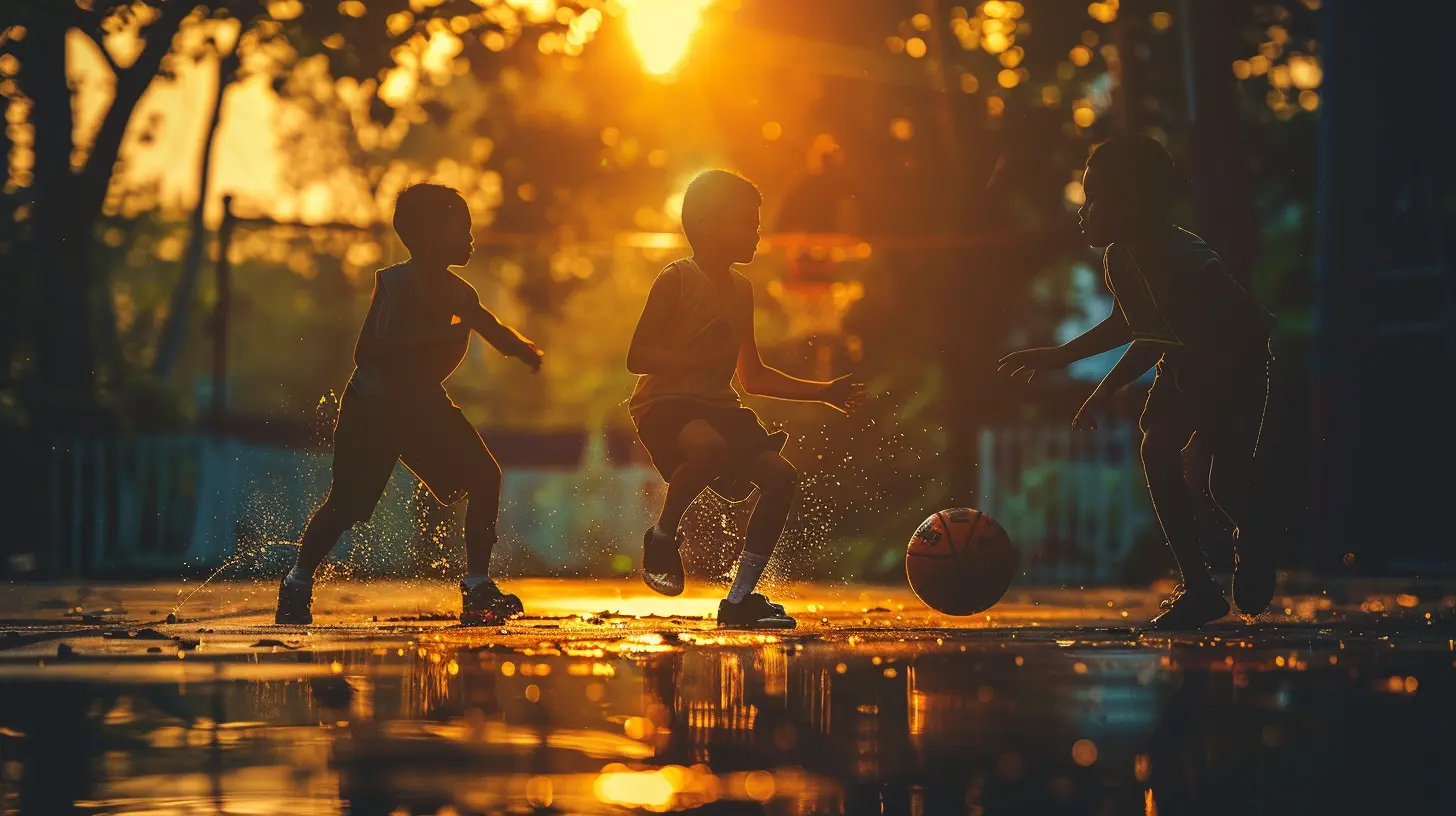How to Encourage Creativity and Problem-Solving in Youth Sports
7 September 2025
Sports aren't just about winning games or mastering techniques—they're also about learning crucial life skills like creativity and problem-solving. Whether on the field, court, or pitch, young athletes constantly face situations where they must think quickly and make smart decisions. But how can coaches, parents, and mentors cultivate these abilities in young players?
In this article, we'll dive into practical strategies to help youth athletes become more creative and develop sharper problem-solving skills. 
Why Creativity and Problem-Solving Matter in Youth Sports
Sports are unpredictable. No two games, plays, or opponents are exactly the same. Athletes who can think outside the box and adapt to new challenges often outshine those who rely solely on rigid training. Here's why creativity and problem-solving are crucial in youth sports:- Better Decision-Making: Athletes who think creatively make smarter, faster decisions under pressure.
- Improved Adaptability: Unexpected situations arise in every game—creative players adjust seamlessly.
- Increased Confidence: Solving problems on their own boosts players’ self-assurance.
- Greater Enjoyment: When kids have the freedom to express themselves, they enjoy sports more.
Now, let's look at how we can foster these skills in young athletes. 
1. Encourage Play-Based Learning
One of the best ways to nurture creativity is by letting kids play freely. Structured drills are important, but too much rigidity can stifle creativity. Allowing young athletes to experiment and explore different strategies helps them develop problem-solving skills naturally.How to Implement Play-Based Learning:
- Small-Sided Games: Instead of full 11v11 soccer matches, try 3v3 or 5v5 games where players get more touches and must think on their feet.- Change the Rules: Alter rules slightly—maybe players can only use their weaker foot or must complete three passes before scoring. This forces them to think differently.
- Let Them Make the Calls: Give players opportunities to set up their own plays and test new strategies.
Think about it—street basketball legends didn't become great by running drills all day. They honed their creativity in free-flowing, unstructured games. 
2. Allow for Mistakes and Risk-Taking
Fear of failure crushes creativity. If young athletes are scared to try something new because they might mess up, they'll stick to playing it safe. Coaches and parents should create an environment where mistakes are seen as learning opportunities rather than failures.How to Foster a Growth Mindset:
- Praise Effort Over Outcome: Instead of saying, "That was a bad play," say, "I love that you tried something different—what did you learn from it?"- Normalize Mistakes: Share stories of famous athletes who failed before succeeding. Michael Jordan missed over 9,000 shots in his career but is still considered one of the greatest.
- Encourage Experimentation in Practice: Let kids try new moves, tactics, or techniques without the pressure of perfection.
When athletes aren’t afraid to make mistakes, they take more risks and discover new, creative solutions. 
3. Promote Problem-Solving Through Challenges
Kids love a good challenge, and challenges make them think critically. By introducing problem-solving scenarios in sports, we teach young athletes to adapt, analyze, and make quick decisions.Ways to Introduce Challenges:
- Game-Like Scenarios: Set up drills where players must overcome specific obstacles, like breaking a defensive press in basketball or finding a way to score when outnumbered in soccer.- Tactical Discussions: Ask open-ended questions like, "If the other team is pressing us hard, what can we do to create space?"
- Decision-Making Drills: Have players choose between multiple options—pass or dribble, shoot or fake—so they develop strategic thinking.
Problem-solving in sports mirrors real-life challenges, preparing young athletes for success beyond the game.
4. Encourage Creativity Through Multi-Sport Participation
Over-specialization in one sport at a young age can limit creativity. Playing multiple sports exposes kids to different movement patterns and decision-making scenarios, which enhances their overall athletic and cognitive abilities.Benefits of Multi-Sport Participation:
- Develops Different Skills: A basketball player might improve footwork by playing soccer, while a baseball player might build hand-eye coordination through tennis.- Prevents Burnout: A change of pace keeps sports fun and engaging.
- Improves Adaptability: Learning different strategies from multiple sports enhances decision-making.
Many top athletes, including LeBron James and Patrick Mahomes, played multiple sports growing up, which helped them develop their creativity and versatility.
5. Incorporate Teamwork and Communication
Problem-solving isn't just an individual skill—it's a team effort. Young athletes must learn to communicate effectively and collaborate with teammates to find creative solutions during games.Building Team Creativity:
- Encourage Open Communication: Let players discuss strategies amongst themselves instead of always receiving instructions from coaches.- Foster Leadership Skills: Rotate team leaders and let kids take charge of decision-making in certain drills.
- Use Role-Playing Exercises: Have players switch positions or take on different roles to experience the game from a new perspective.
When athletes learn to think as a unit, they develop better strategies and build chemistry that leads to success.
6. Provide Positive Role Models
Young athletes look up to their idols. Exposing them to creative and intelligent athletes can inspire them to develop similar traits.Ways to Use Role Models Effectively:
- Show highlights of players known for their creativity—like Lionel Messi’s dribbling, Serena Williams’ shot selection, or Tom Brady’s game intelligence.- Share stories about how these athletes overcame challenges through problem-solving.
- Encourage kids to analyze games and think about what strategies top athletes use in different situations.
When kids see creativity in action, they’re more likely to emulate it in their own play.
7. Create a Supportive Environment
Finally, the most important factor in fostering creativity and problem-solving in youth sports is a supportive environment. Coaches and parents must cultivate an atmosphere where players feel safe to try new things without fear of harsh criticism.How to Build a Supportive Environment:
- Be Patient: Creativity and problem-solving take time to develop.- Focus on Fun: A positive approach keeps kids engaged in the process.
- Encourage Reflection: Ask players what they learned from a game or practice, helping them think critically about their experiences.
A supportive environment builds confident, creative athletes who aren’t afraid to take initiative.
Final Thoughts
Creativity and problem-solving in youth sports don't develop overnight, but with the right approach, young athletes can sharpen these skills and become more effective players and thinkers. By encouraging play-based learning, promoting risk-taking, challenging kids to think critically, and fostering a supportive atmosphere, we can help youth athletes thrive both on and off the field.So, next time you're coaching or cheering from the sidelines, ask yourself—are you creating an environment that encourages creativity? Because sometimes, the most innovative athletes make the biggest impact.
all images in this post were generated using AI tools
Category:
Youth SportsAuthor:

Uziel Franco
Discussion
rate this article
1 comments
Nyx Bryant
“Great tips! Nurturing creativity in youth sports will inspire future champions! 🌟🏆”
September 22, 2025 at 11:39 AM

Uziel Franco
Thank you! Fostering creativity is key to developing not just champions, but well-rounded athletes. 🏅

![Underdog No More: The Meteoric Rise of [Player Name]](/pictures/blog/small/underdog-no-more-the-meteoric-rise-of-player-name_2.webp)
